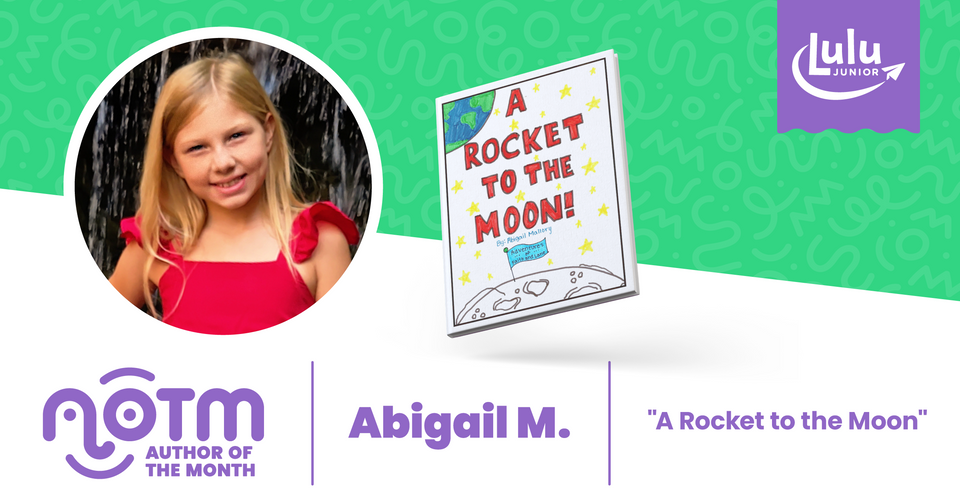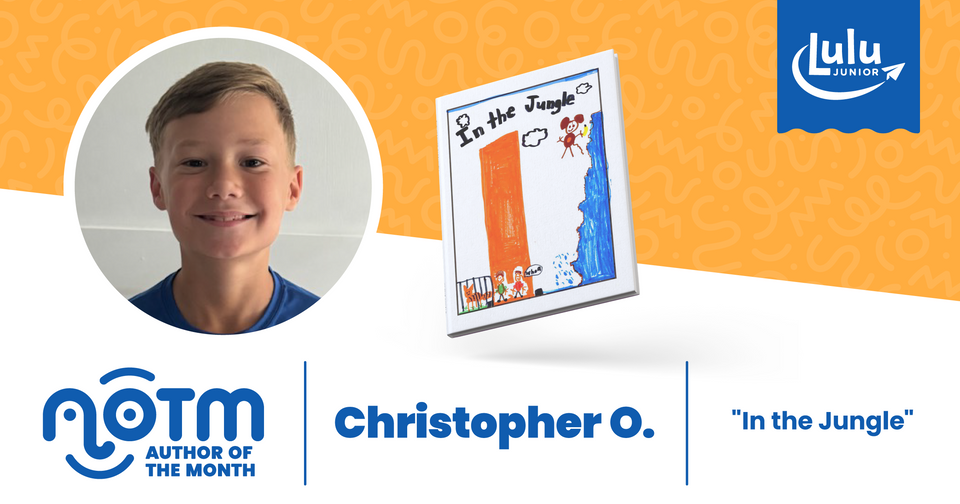
Writing Exercises For Young Authors
With school started up again, it seems like a really good time to discuss writing stories for young authors. There are some important elements that make up short stories. So today, we’re going to use the list I wrote last year for adult authors and consider how young authors can add these elements to their own stories.
The Elements Of Short Stories
You can find any number of lists and opinions about what goes into a short story. Personally, I think it all can be summed up by these four elements:
- Characters
- Plot
- Setting
- Tension
These elements encompass everything that goes into a short story. To help your young author understand how these elements create a short story, I’m going to offer an exercise for each point. These exercises are simple and help your kids develop good writing habits.
In fact, let’s start with one right now. Start with this sentence:
- The [people] and [places], what they’re [doing], and [why they’re doing whatever they’re doing].
Take that sentence and fill in the [ ] with the outline of the story. Like this:
- Jack and Jill are going up a hill, to get water, because they’re thirsty.
The sentence adds all four elements together and creates a focused description. Having this description helps with your kid’s focus too. If their story starts to get off course, use the descriptive sentence to guide them back.
Now let’s break down each element and practice our writing skills!
Characters
When I was a kid, I always wrote stories with a huge cast of characters. And because I wasn’t familiar with storytelling, I often had little definition to these characters. I let them fit my needs. If I needed a villain, one of my many characters simply becomes the villain.
That’s not how characters work. This is the most important and beneficial lesson to learn for young authors. Luckily, there’s a pretty easy and fun way to do this.
When your kids have a story idea, have them try this exercise:
- Write down a character’s name
- Answer these questions:
- What does CHARACTER want?
- What is CHARACTER afraid of?
- What makes CHARACTER unique or weird?
You’ll be stunned how much just those three questions can reveal about a character. Let’s use the example again:
- Jack
- Questions:
- Jack wants some water
- Jack is afraid of falling down and spiders
- Jack is weird because he’ll only drink the water from the well at the top of this very treacherous hill
See? We know a lot about Jack now. Information that’s important to the story. And of course, you can add additional questions to help refine the character.
The point is that a young author can still spend a few minutes getting to know their characters and doing so can help them stay true to that character while they’re writing their story.
Plot
If there is one thing young authors have, it’s going to be plot ideas. Which is awesome because the plot is really the core of every story. It’s what happens during the telling that makes the story worth reading.
A story without a plot isn’t a story. Fortunately, young authors usually have the opposite problem: too many plots.
Again, there’s a simple and effective exercise:
- write a single sentence about what is happening in this one story.
Going back to the initial sentence about our Jack & Jill story, the plot might be:
- Jack and Jill are going up a hill, to get water
It’s that simple.
A helpful extension of this exercise is to list three things that happen while they’re going to get the water. These are plot points, and constitute the ebb and flow of the story. Back to the example:
- Jack and Jill are going up a hill, to get water
- Climb a fence
- Encounter a skunk
- Lose their bucket
Now we know what the characters are doing, we can get into where they are!
Setting
While your young author might be overflowing with plot ideas, creating a setting is often a challenge. One reason is that the setting isn’t the active part of the story. It’s just there to build the world around the characters and the plot. Most likely, your young author can see the setting clearly in their head. But translating that into effective storytelling isn’t easy.
But this is a terrific opportunity to help your kids learn about how to write settings.
- Where is the story happening?
- Write down 3-5 adjectives about this place
I love this one because adjectives lists are a great way to help visualize and describe a scene. You might have to help them with a brief explanation of adjectives—words that describe a person, place, or thing—but once they get started the words usually flow quickly.
Example:
- The hill
- Steep
- Dangerous
- Sunny
- Big
Your young author might have a couple of settings in mind, so you might need to repeat the activity a couple of times.
Tension
Okay, this one is hard for young authors. One exercise that I find useful is to write a simple state:
- Character #1 <Feels about> Character #2 <because of Character #2 doing X>.
Up to this point, we’ve used examples that can directly apply to our story. The people, what they’re doing, where it’s happening. The tension can often be something happening outside of the story, but that might have an impact on the story. Like this:
- Jack is mad at Jill because Jill broke Jack’s bicycle.
This creates tension that can impact Jack and Jill during our story. Perhaps they don’t lose their bucket; maybe Jack hides it because he’s mad at Jill. The tension fuels the actions of the story.
I think this is the easiest tension development exercise for a young author. And it’s quite effective. Making short, direct statements about how characters relate will give touch points for writing how these characters interact.
Having Fun
The most important thing for young writers is to have fun. That’s why the exercises mentioned here are simple and quick. And for kids who love to write and tell stories, these kinds of simple exercises are the best way to build their writing skills.
Be sure too that you always give your kids time to write whatever they want. If they want to tell a story, no need to be strict about writing exercises. The whole point is to reinforce the fun they have telling stories!
More Writing Exercises For Young Authors
Looking for more ways to help your young author practice their writing? These are some great resources for exercise ideas and worksheets to build their writing skills!
Imagine Forest
A super cool online writing resource! Imagine Forest is a great way to help your kids write more and practice their writing skills. Get started with this list of creative writing exercise.
Education.com
Education.com is an amazing repository for all kinds of learning materials. Here's a page loaded with writing worksheets to help your young authors practice their skills.
Reading Eggs
Does your young author want to create a complete story? If they're ready, use this guide from Reading Eggs with step-by-step details for creating a story!
Camp Junior
Did you miss our online summer camp? Well you can still get the amazing activities we featured during Camp Junior on our landing page. A great way to relax the writing practice and have some fun with coloring and creative games.
Lulu Junior Writing Prompts
Stay right here on the Lulu Junior blog and use these writing prompts we created! Compiled from a series of Instagram posts, these prompts are the perfect way to keep your young author excited to write!





